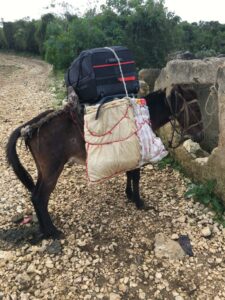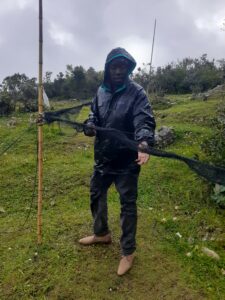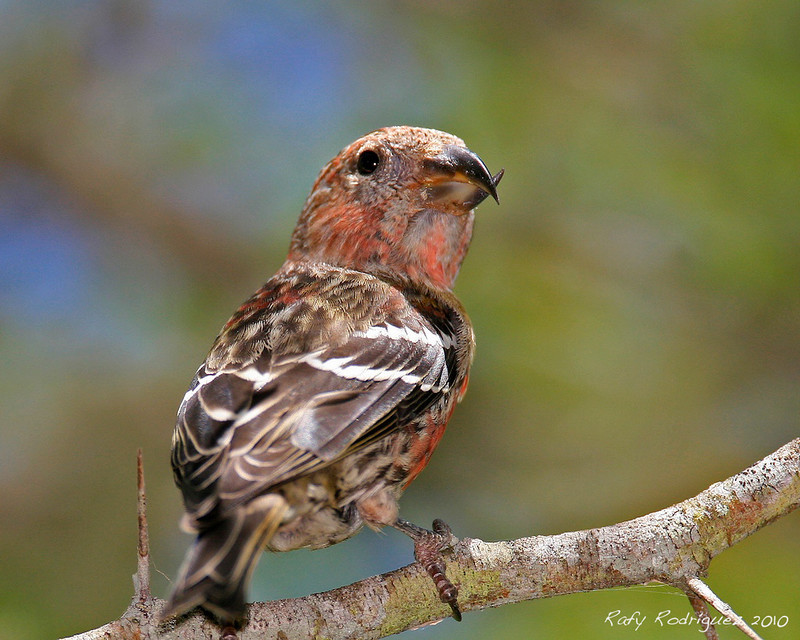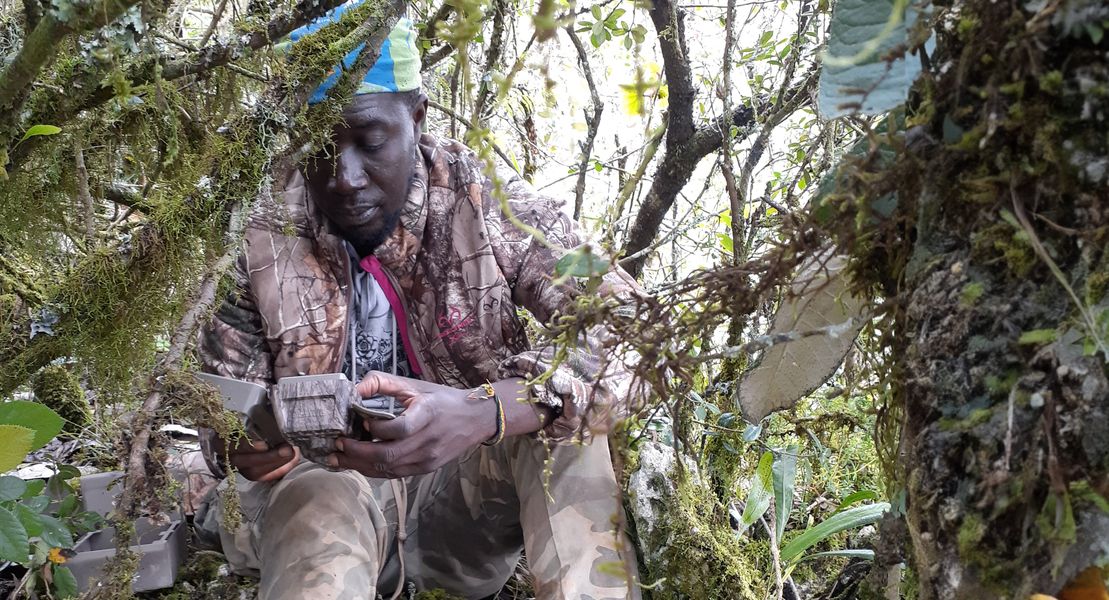In the Caribbean, Haiti occupies a special place in terms of avian biodiversity conservation. The island of Hispaniola, of which Haiti occupies the western part, is one of the largest in the Caribbean and home to several endemic bird species. Its geographical location also makes it a major migration crossroads and wintering site for many bird species. Over 300 species have been recorded on the island. However, Haiti is also one of the countries most affected by deforestation. Although the current forest cover range between 20% and 30% of the territory, it is estimated that the country has lost more than 99% of its original primary forests. Combined with other threats, such as climate change and habitat fragmentation, this factor could have far-reaching negative consequences for bird conservation.
Despite this critical situation, few studies have been carried out to assess the current state of conservation of Haiti’s avifauna. Conditions in the field are particularly difficult, due to complicated access to natural areas and the dangers of displacement in the context of the increasing violence affecting the country. In addition, financial resources and local scientific expertise in the fields of biodiversity and conservation remain very limited. To fill this gap, the NGO Caribaea Initiative is funding the training and research of several students and young researchers from Haiti. Jean-Marry Exantus, currently completing his doctorate, has just published a second study devoted to the birds of his country.

Mule used for transportation
Conducted in the field from 2019 to 2022, the aim of the study was to estimate avian species richness and diversity in the National Park La Visite, an officially protected area in the south of Port-au-Prince comprising around 3,000 ha of forest. For Jean-Marry, the first challenge was to get to the area via narrow mountain roads by motorbikes, replaced by mule transport in hilly areas. It took no less than 6 hours to cover some 55 km. On site, birds were recorded by direct observation through binoculars, as well as by mist nets and camera traps. Unfortunately, the latter were used less than expected, due to attempts at vandalism and even the theft of one of the cameras, which can be explained by local people’s fear of being recognized on video when illegally clearing the forest for agriculture.

Jean-Marry is installing a net
Despite these difficulties, Jean-Marry’s efforts in the field yielded substantial data, with no fewer than 42 different bird species observed, belonging to 26 different families. Some of these species are of particular conservation interest. This is the case, for example, of the Hispaniola Crossbill (Loxia megaplaga), an endemic species of the island that was once abundant in the region, but is now endangered. The drastic decline in Hispaniolan pines due to deforestation could explain the animal’s current rarity and raise fears of local extinctions if deforestation continues. Also classified as endangered by the IUCN, the Black-capped Petrel (Pterodroma hasitata) has been observed on numerous occasions.
Although the study shows that Haiti’s protected forests still represent an area of great importance for the country’s avian biodiversity, it also highlights changes in the abundance of certain species. A comparison of the results with those of a previous study carried out fifteen years ago highlights a decline in birds that have insectivorous diets or that are particularly dependent on forest habitat, underlining the impact of ongoing deforestation on some of the most sensitive species. The decline is particularly evident in certain species. For example, groups of the Hispaniolan Parakeet (Psittacara chloropterus), a parrot-like bird classified as vulnerable, have only been observed in small groups, barely more than a dozen individuals at most, whereas groups numbered several dozen conures 40 years ago. On a more positive note, certain species such as Green-tailed Warbler (Microligea palustris), endemic to the island, and the Greater Antillean bullfinch (Melopyrrha violacea), were relatively abundant in the Natural Park.

Hispaniola Crossbill (Loxia megaplaga) © Rafy Rodriguez
Finally, the study points out that, despite official protection of certain areas such as the Natural Park studied here, the current situation of poverty, limited access to education and lack of conservation awareness leads many inhabitants to circumvent prohibitions. Clearing land by fire is a common practice, increasing land available for agriculture. The authors draw the attention of international funding agencies to the need to provide financial resources to enable the implementation of programs adapted to the context, in particular through the employment of local people for reforestation, the development of education, and the increase of scientific and technical expertise on site.
Reference
Exantus, J.-M. & Cézilly, F. (2023). Composition of avian assemblage in a protected forested area in Haiti: Evidence for recent decline of both forest-dependent and insectivore species. Global Ecology and Conservation 46: e02607.
About the author
Jean-Marry Exantus, holder of a master’s degree and an Agronomist degree specializing in natural resources and environment, started his doctorate in 2018 at the Université des Antilles (Guadeloupe). Under the supervision of Frank Cézilly (Université de Bourgogne) and Etienne Bezault (Université des Antilles), he is currently working on the population biology of endemic birds in Haiti. His research is funded by Caribaea Initiative.

